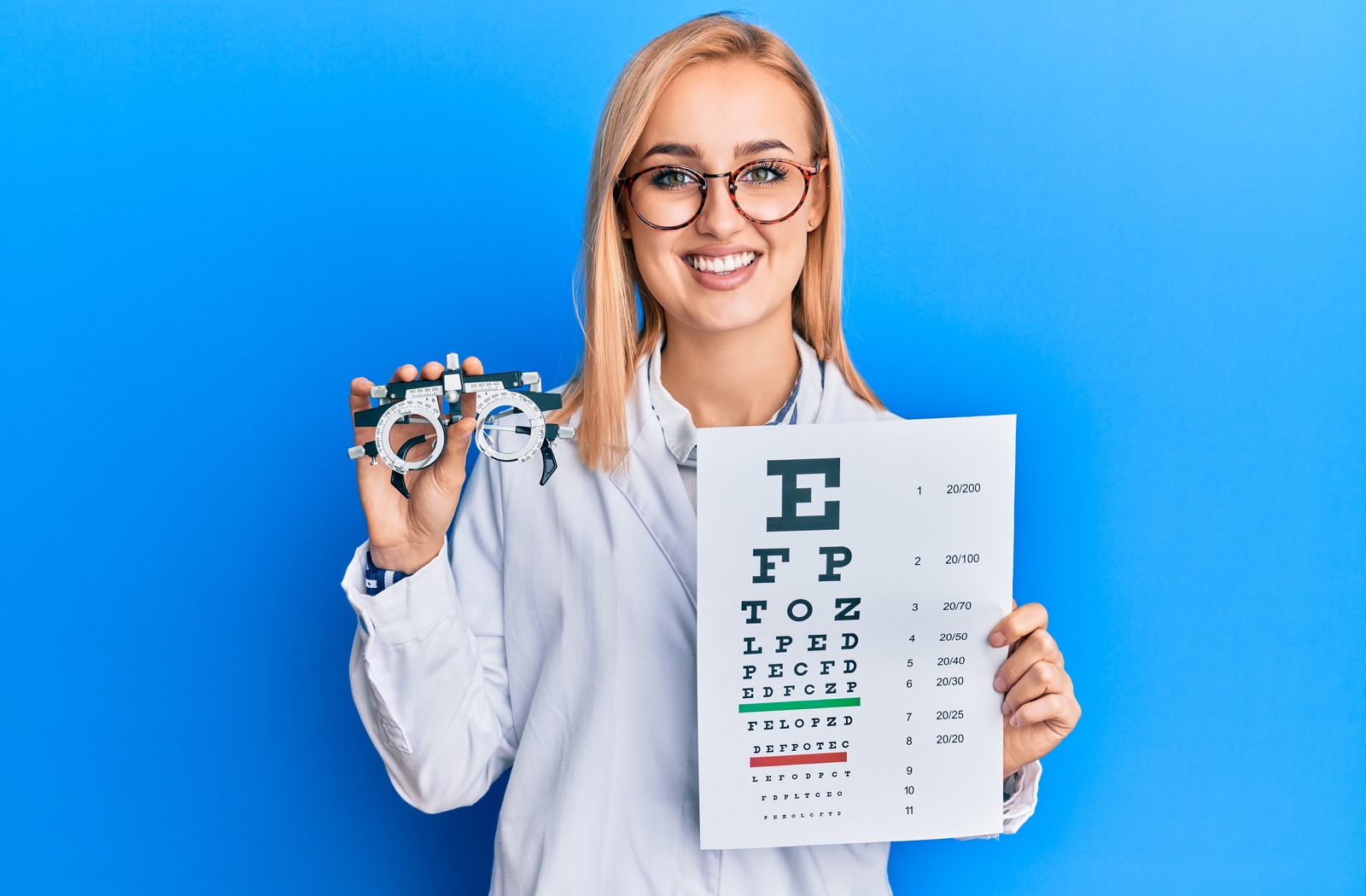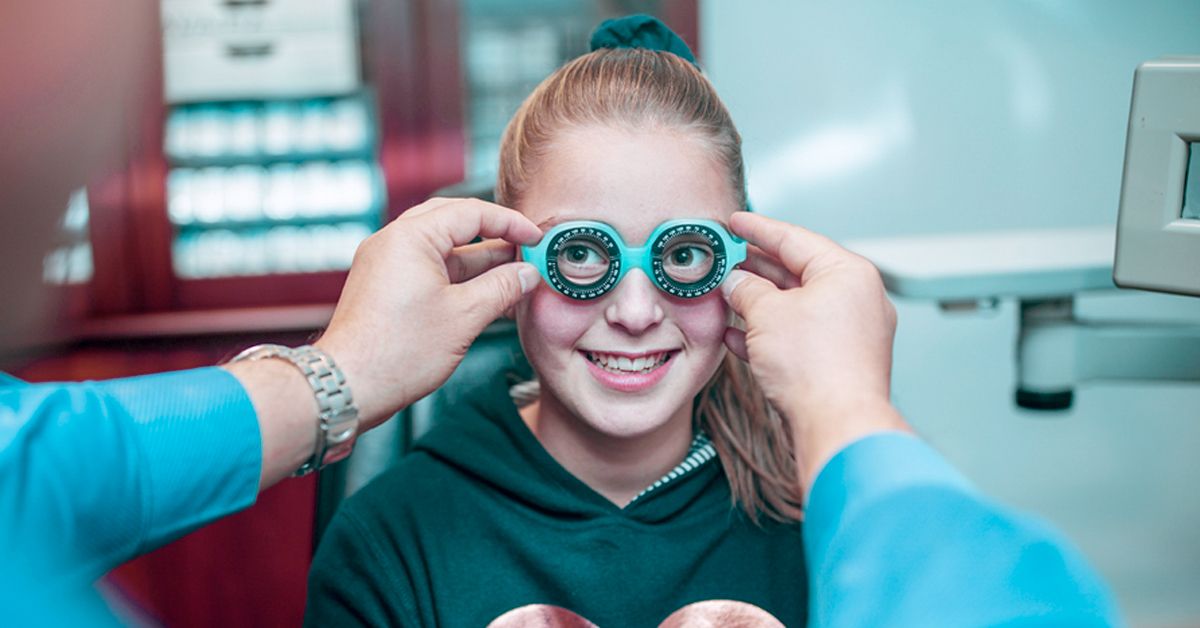Exploring the most up to date Technological Innovations in Optometry and What They Mean for Eye Doctors
From the precision of Optical Comprehensibility Tomography to the nuanced understandings supplied by AI-driven diagnostic tools, these innovations are setting new standards in client assessment and treatment. As these improvements penetrate the technique, optometrists are encountered with the obstacle of embracing these tools to enhance patient outcomes.
Technologies in Diagnostic Tools
Advancing the field of optometry, advancements in analysis tools have actually revolutionized the way eye care specialists analyze and detect ocular conditions and aesthetic disabilities. The past years has experienced considerable technological innovations, making it possible for more detailed and precise evaluations. Optical Comprehensibility Tomography (OCT), for instance, supplies high-resolution cross-sectional pictures of the retina, enabling the early discovery of conditions such as glaucoma and age-related macular deterioration. This non-invasive imaging technique has actually become vital in modern optometric technique.
One more secret development is the intro of innovative corneal topography systems, which map the surface curvature of the cornea with precision. These tools are especially valuable for suitable call lenses and diagnosing corneal conditions. Electronic retinal imaging has actually changed standard ophthalmoscopy, providing in-depth, scenic sights of the retina that facilitate complete aesthetic examinations.
The advancement of wavefront aberrometry has actually also been vital, making it possible for the analysis of refractive errors with unparalleled precision (Optometrist Chino). This modern technology helps in personalizing corrective lenses and improving surgical outcomes for refractive surgeries. Jointly, these analysis developments encourage optometrists to supply superior person treatment, ensuring very early intervention and customized therapy techniques, inevitably improving visual health and wellness end results
AI in Individual Management
Structure on the foundation of cutting-edge diagnostic tools, the consolidation of artificial intelligence (AI) in client monitoring stands for a transformative leap for optometry. AI systems are progressively used to improve efficiency, precision, and customization in client treatment.
Additionally, AI-driven systems promote structured person communications and administrative procedures. Automated organizing, virtual appointments, and customized follow-up strategies not just improve person satisfaction yet also maximize time monitoring for experts. These systems can triage patients based upon the urgency of their conditions, making sure that those in critical requirement obtain punctual attention.
Moreover, AI improves decision-making by offering eye doctors with evidence-based recommendations and treatment pathways. By incorporating data from electronic health records, AI tools supply understandings that notify medical decisions, reducing the danger of errors and boosting individual results. As AI remains to progress, its function in client monitoring will likely increase, improving the landscape of optometric treatment.
Developments in Retinal Imaging
In the world of optometry, retinal imaging has observed amazing technological advancements that are enhancing analysis capabilities and patient treatment. Developments such as Optical Coherence Tomography (OCT) and fundus photography have transformed just how optometrists assess the retina and envision. OCT, specifically, offers high-resolution, cross-sectional pictures of the retina, enabling the in-depth exam of its layers. This capability is vital for very early discovery and administration of problems like glaucoma, diabetic person retinopathy, and age-related macular deterioration.
Improved imaging modalities like OCT angiography are more refining analysis precision. This non-invasive visit site method maps blood flow in the retina, supplying vital insights right into vascular wellness without the demand for color injections. Additionally, adaptive optics modern technology is being incorporated right into retinal imaging systems to fix eye aberrations, providing extraordinary photo clearness. Such developments help with the identification of min retinal modifications that can symbolize disease progression.
Additionally, advancements in man-made knowledge are increasing retinal imaging by enabling automatic analysis of large datasets. These systems assist eye doctors in identifying patterns a sign of pathology, therefore boosting analysis accuracy and effectiveness. Jointly, these advancements are transforming retinal imaging right into a foundation of modern-day eye care, improving outcomes and broadening therapeutic possibilities.
Teleoptometry's Expanding Role
Teleoptometry is significantly becoming a vital part of eye treatment, driven by improvements in electronic communication and diagnostic tools. This is particularly beneficial in underserved and country areas where access to specialized eye treatment is typically limited.
The combination of synthetic knowledge (AI) further boosts teleoptometry, making it possible for the analysis of aesthetic data and assisting in the detection of ocular conditions such as glaucoma and diabetic retinopathy. AI-powered algorithms can swiftly interpret intricate imaging data, providing optometrists with important understandings that bolster medical decision-making.
In addition, teleoptometry supports continuity of care with smooth integration with electronic health documents (EHRs), allowing eye doctors to preserve thorough person histories. When seeking advice from with different professionals., this makes certain that individuals obtain consistent and personalized treatment also.
Regardless of these benefits, difficulties stay, consisting of making sure information security and taking care of individual expectations. Nevertheless, teleoptometry stands for a substantial stride towards even more easily accessible, reliable, and patient-centered eye treatment. As modern technology progresses, its duty have a peek at this site is positioned to increase better.

Future Fads in Eye Treatment
A myriad of cutting-edge patterns is readied to improve the future of eye treatment, driven by technical advancements and the advancing needs of patients. One substantial trend is the assimilation of expert system (AI) in diagnostics, which assures to boost the accuracy and efficiency of eye evaluations. AI algorithms can assess huge amounts of data from retinal pictures, potentially finding conditions like diabetic retinopathy and glaucoma earlier than typical approaches.
Additionally, individualized medicine is getting grip in optometry, with genetic screening notifying personalized treatment strategies. This method aims to enhance individual end results by customizing treatments to specific hereditary profiles. Wearable modern technology, such as wise call lenses, is additionally coming up, supplying real-time tracking of intraocular stress or sugar levels, thus supplying continual insights right into eye and systemic health and wellness.
The fostering of augmented reality (AR) and virtual reality (VIRTUAL REALITY) in training and individual education and learning is another arising trend. These modern technologies provide immersive experiences that can boost understanding and abilities both for patients and optometrists. As these patterns develop, eye doctors should stay abreast of technical innovations to give advanced treatment, making certain improved person outcomes and satisfaction in the dynamic landscape of eye treatment.
Final Thought

Collectively, these diagnostic improvements empower eye doctors to deliver premium person care, guaranteeing early intervention and tailored treatment techniques, inevitably enhancing visual health results.

As these modern technologies proceed to progress, optometrists should adapt and integrate them into method, inevitably enhancing process performance and elevating the criterion of eye treatment delivered to clients.